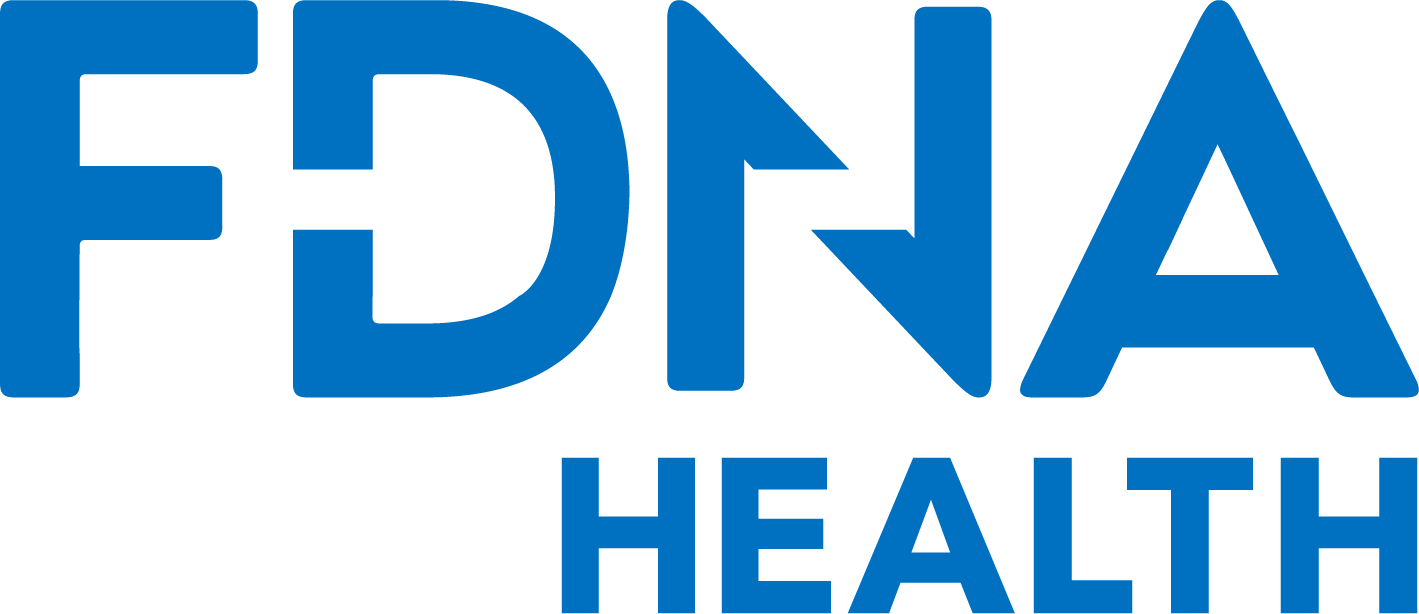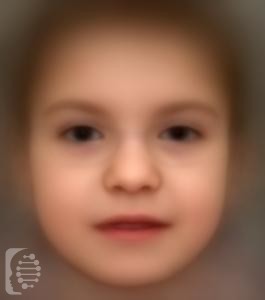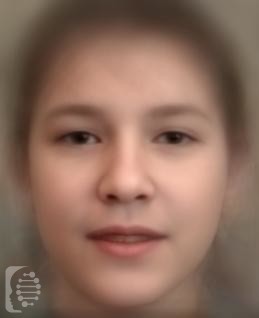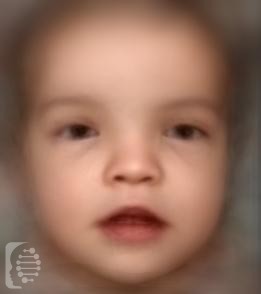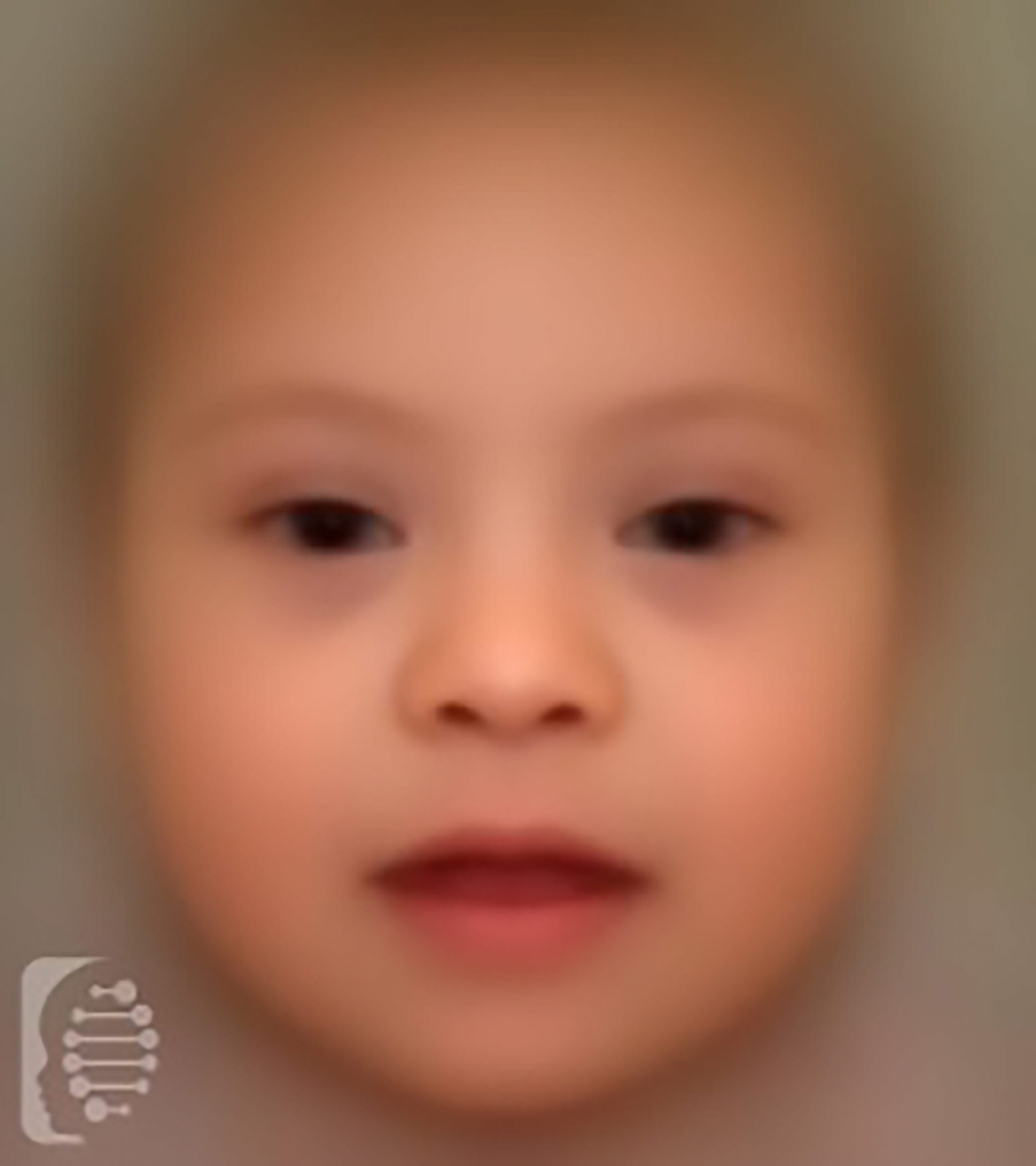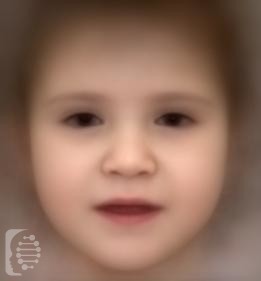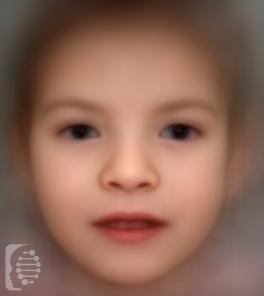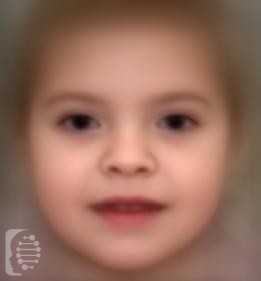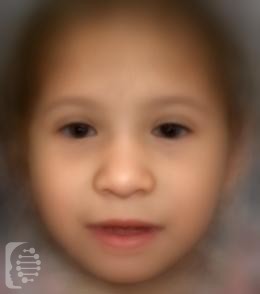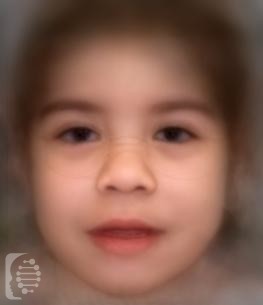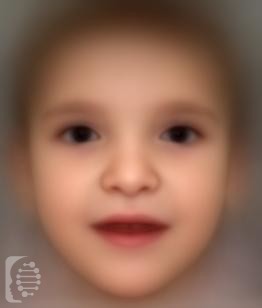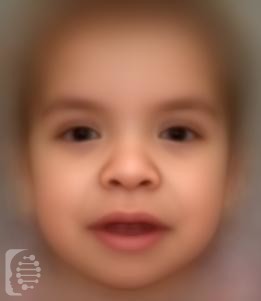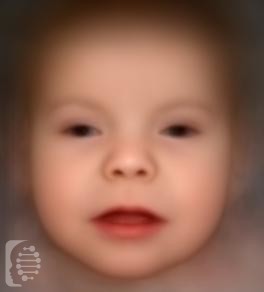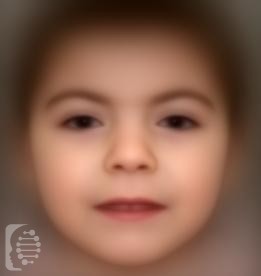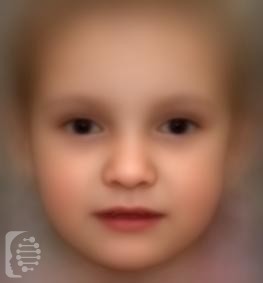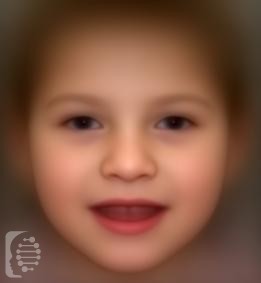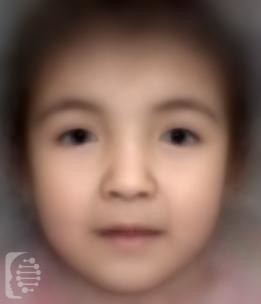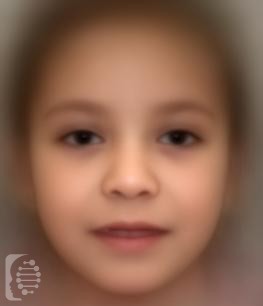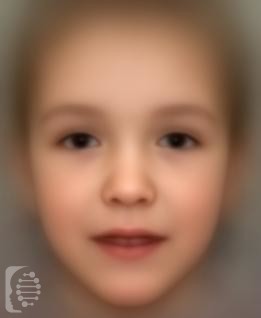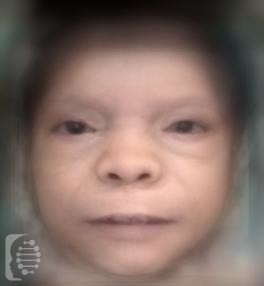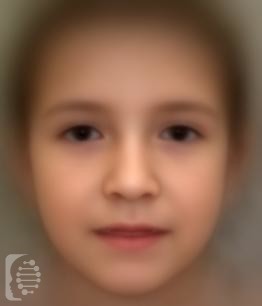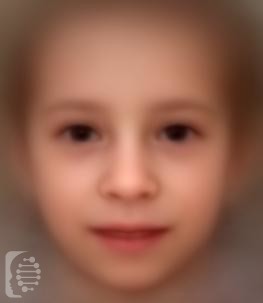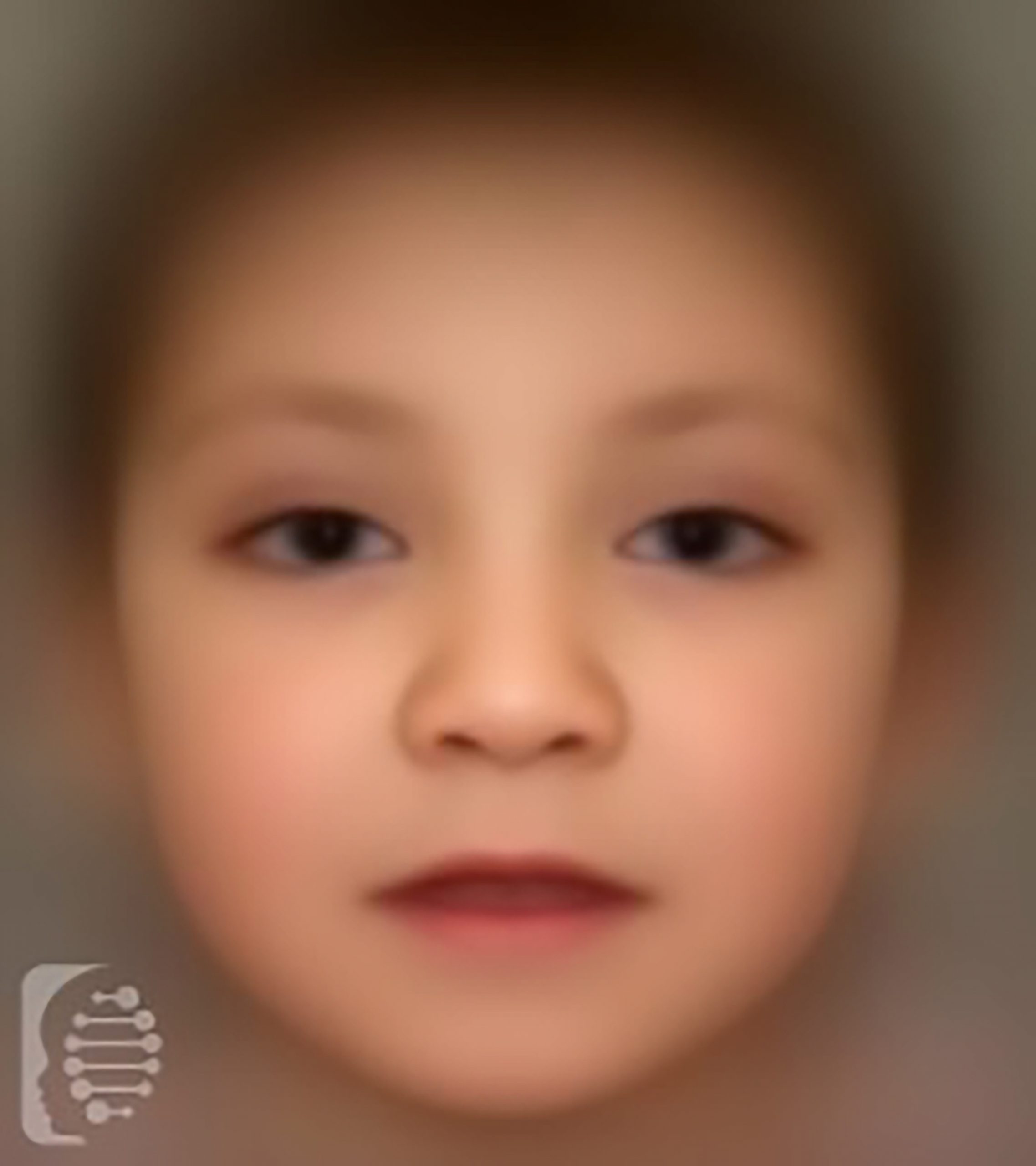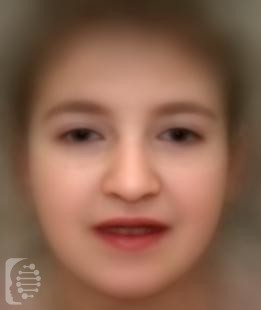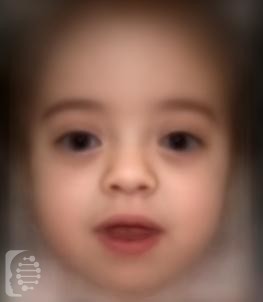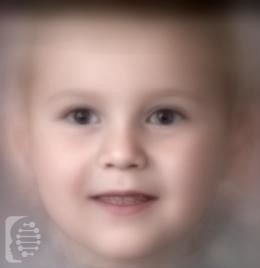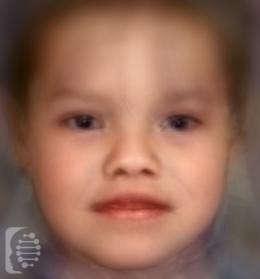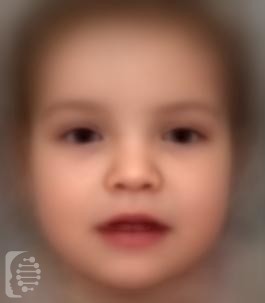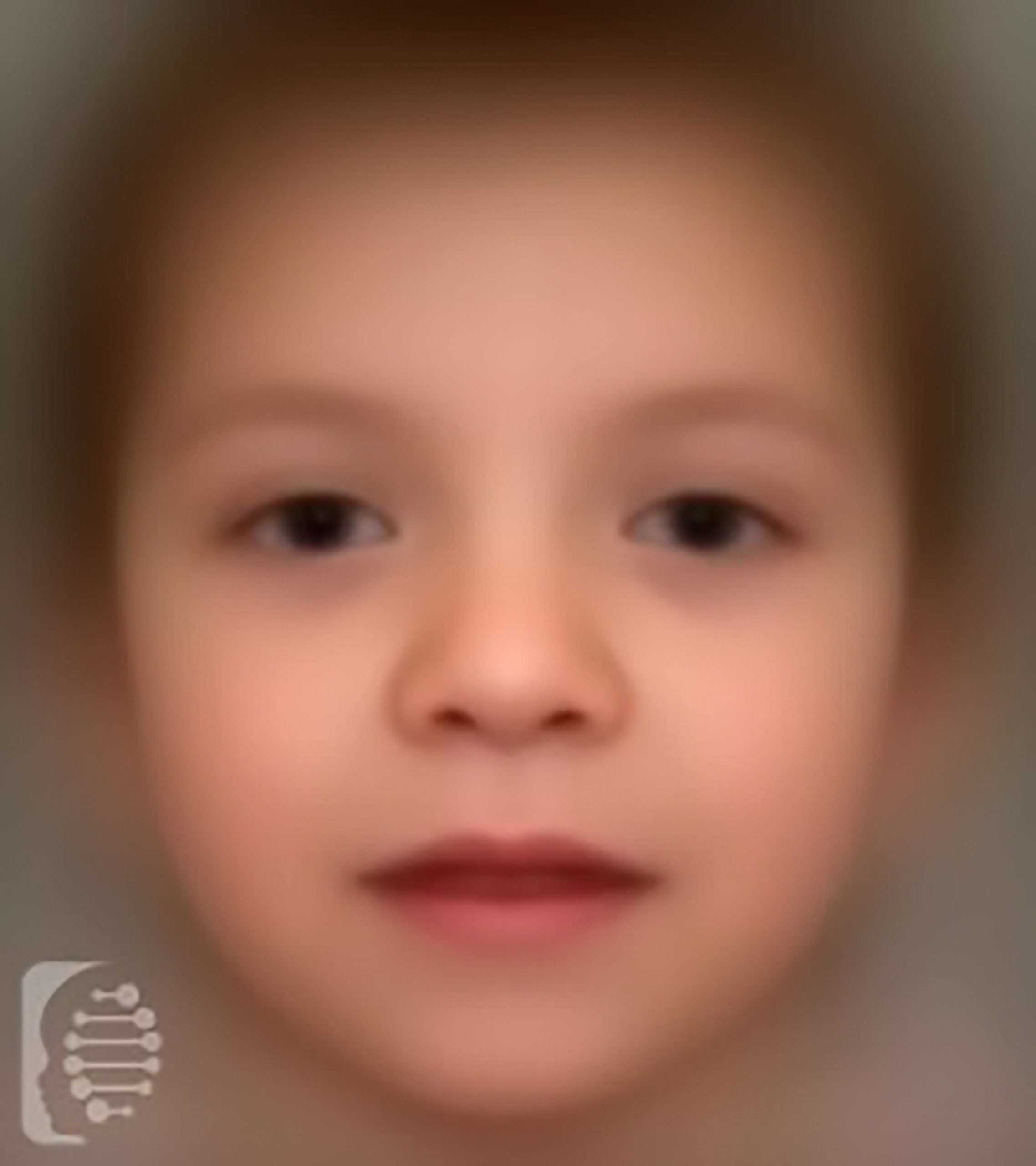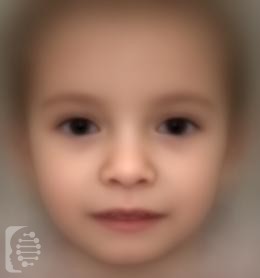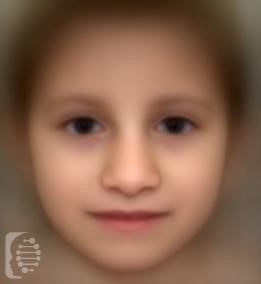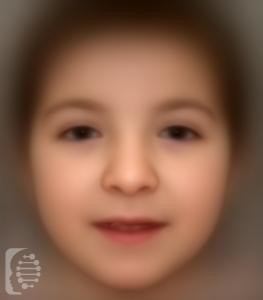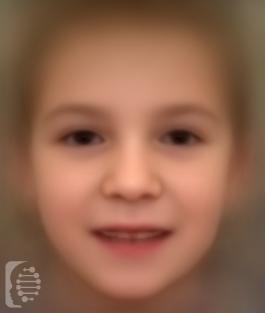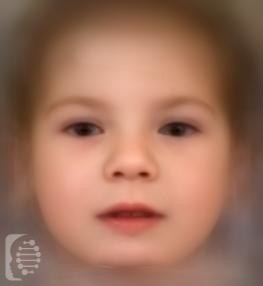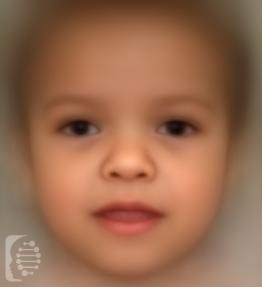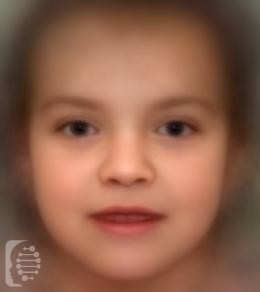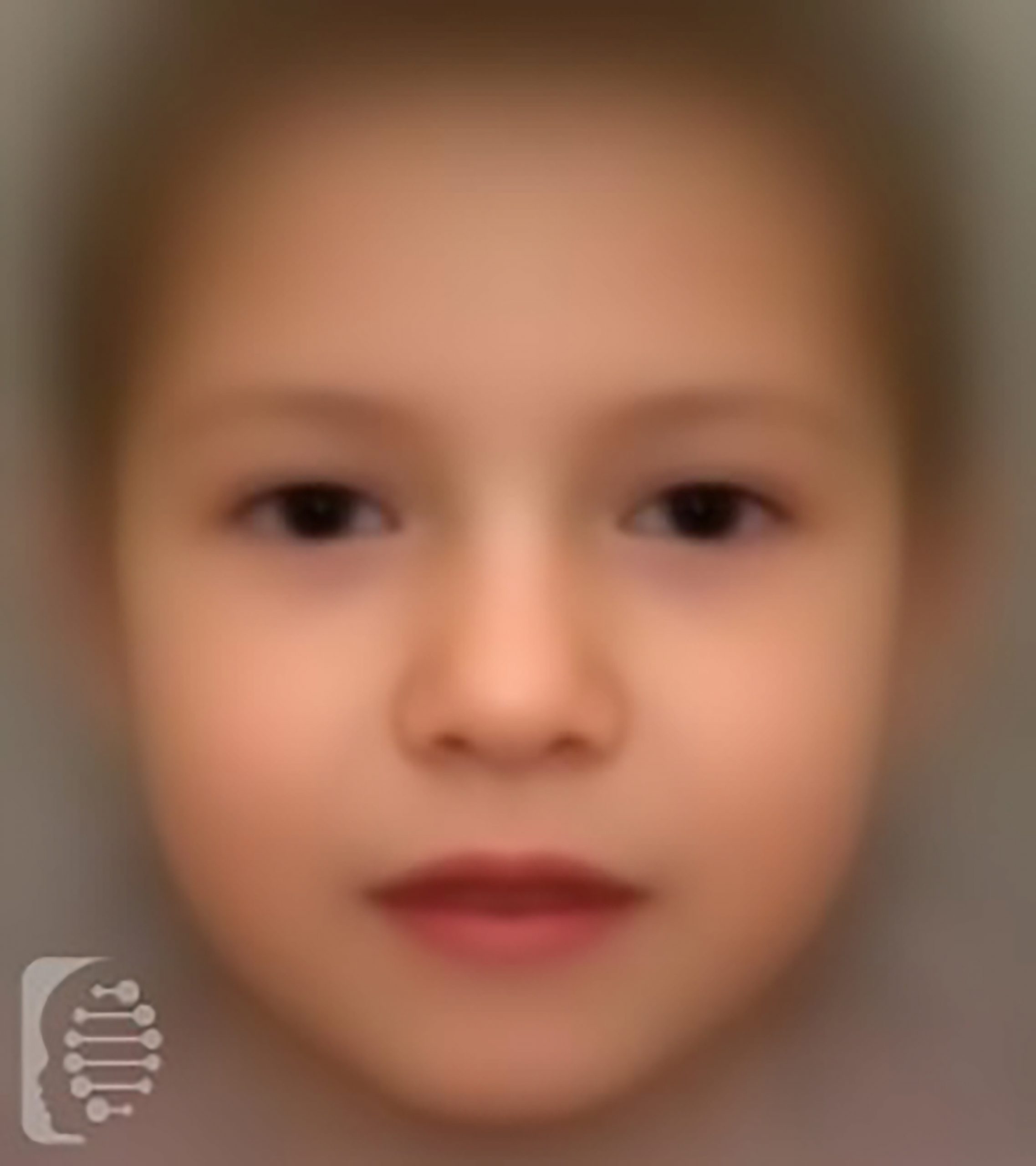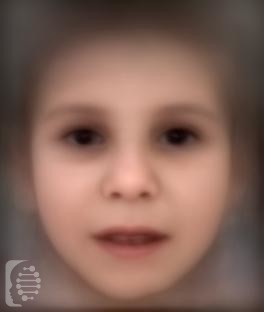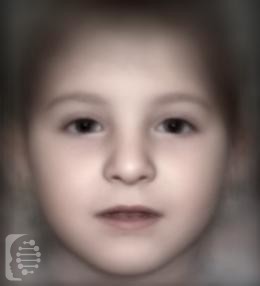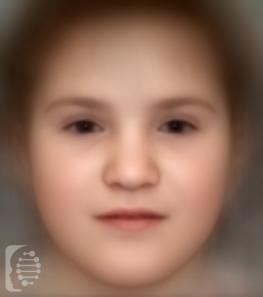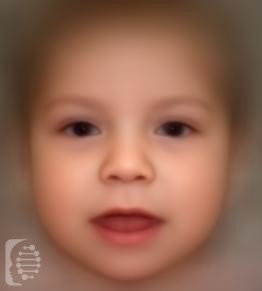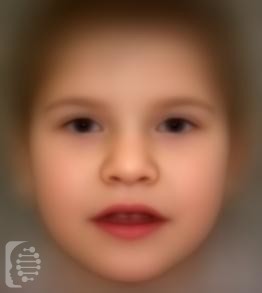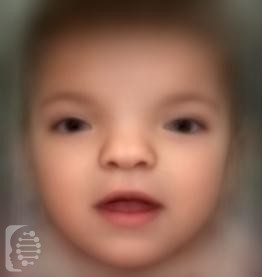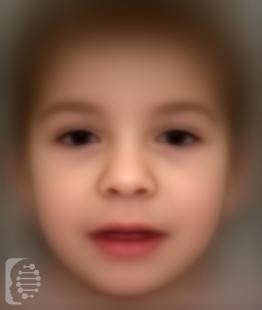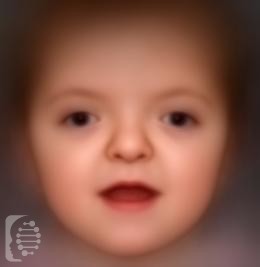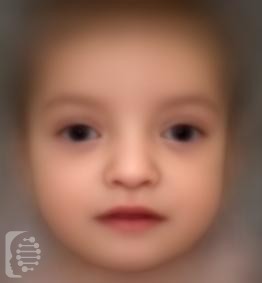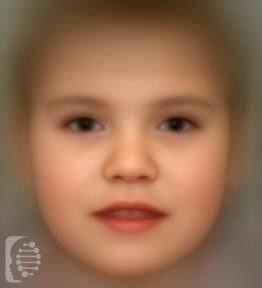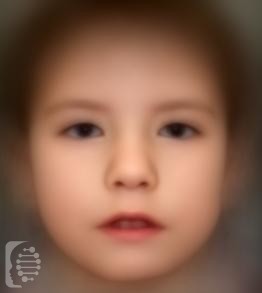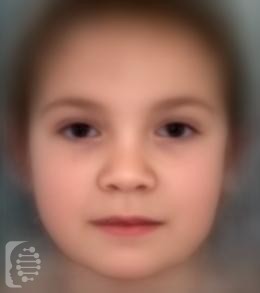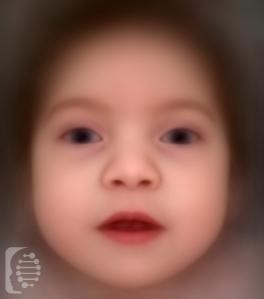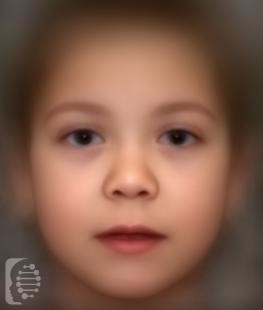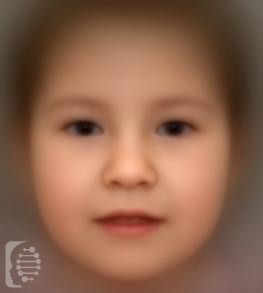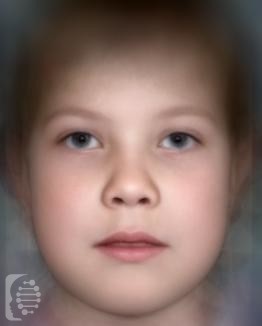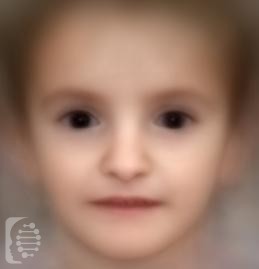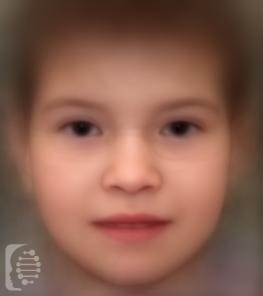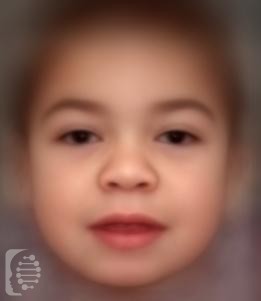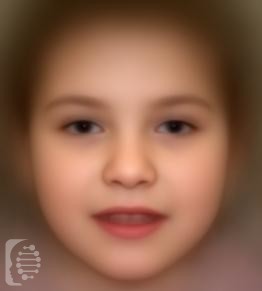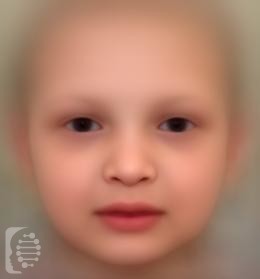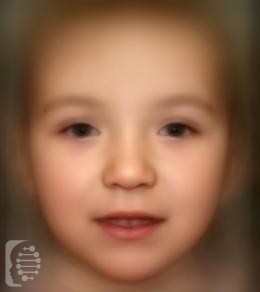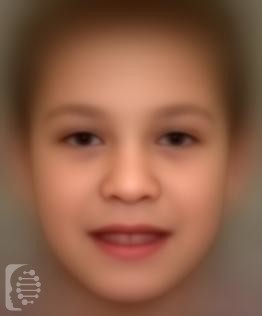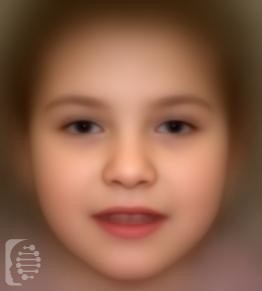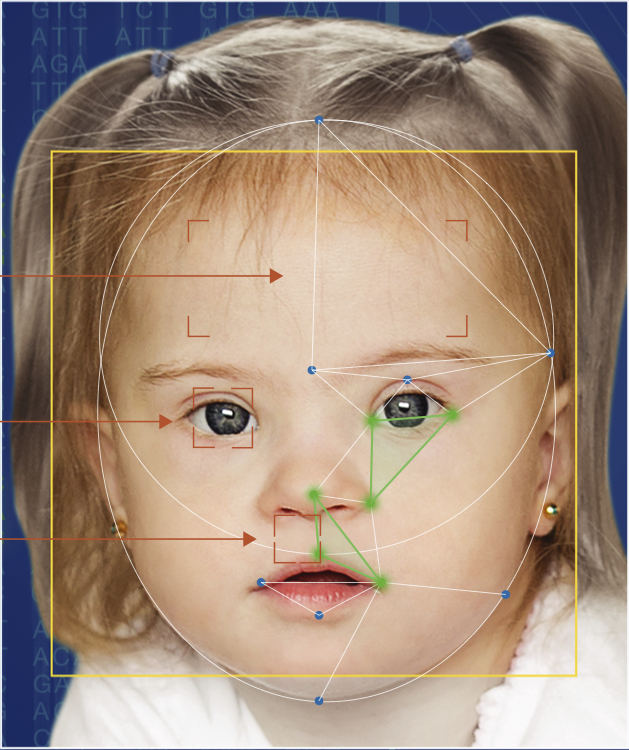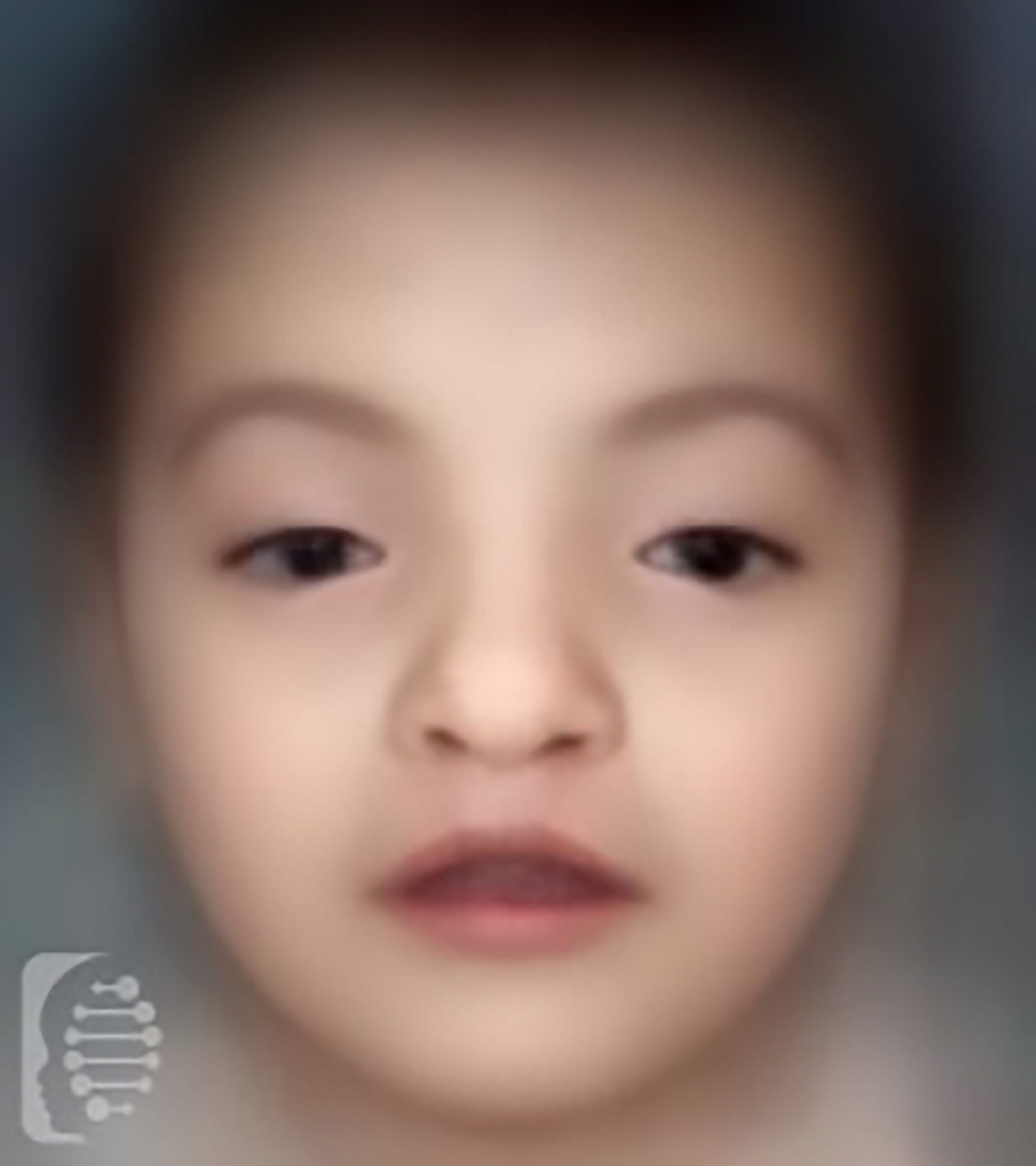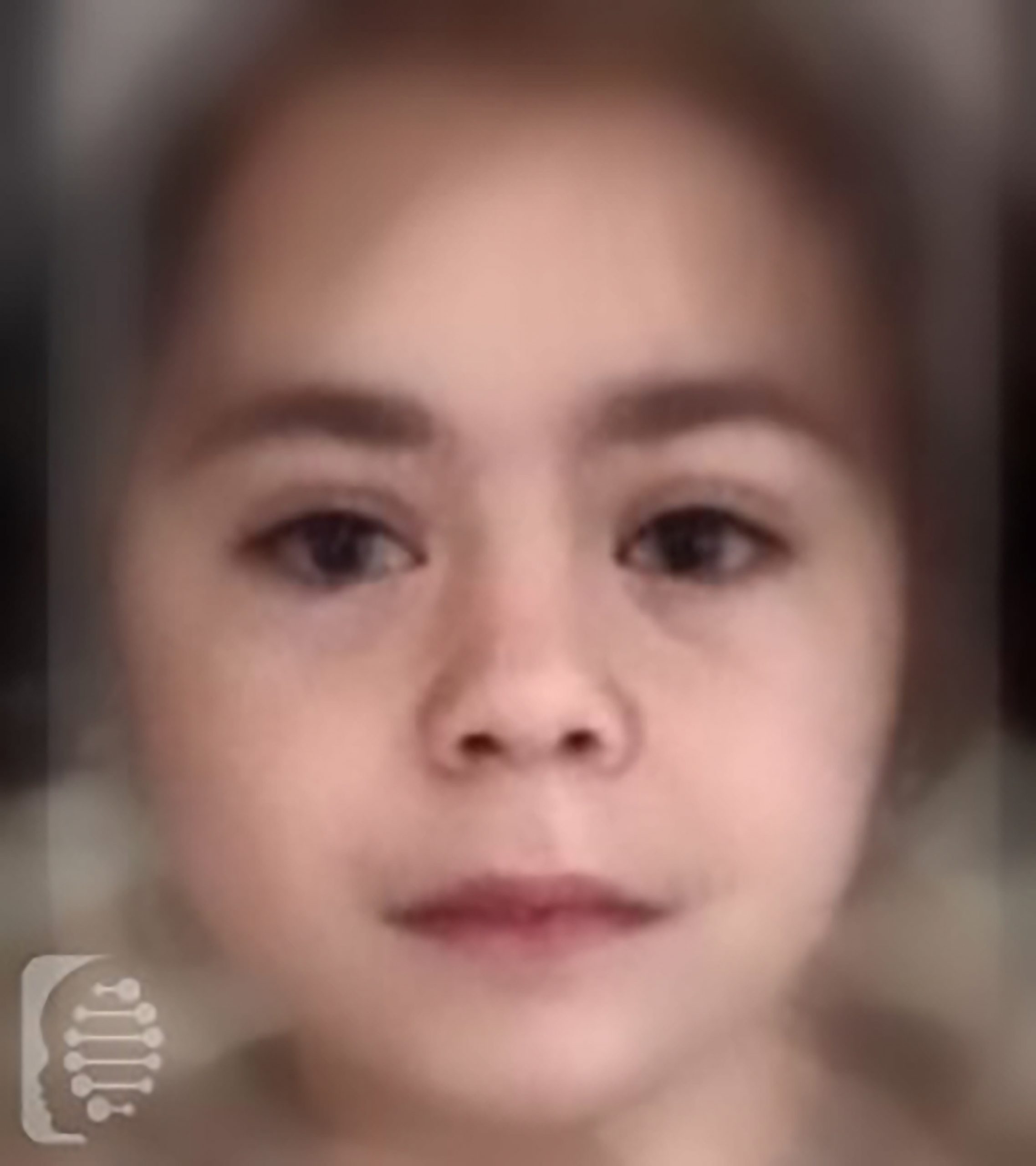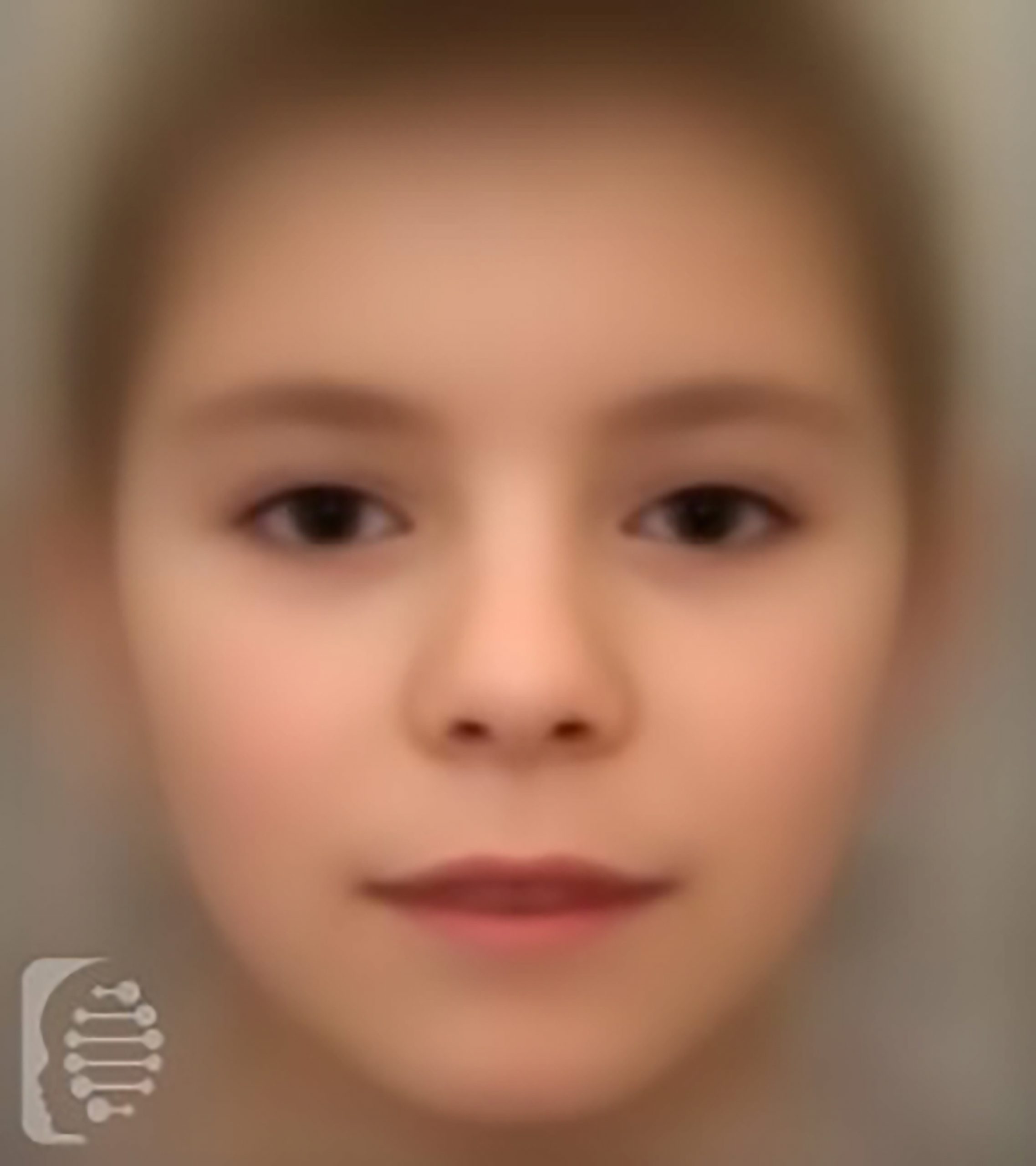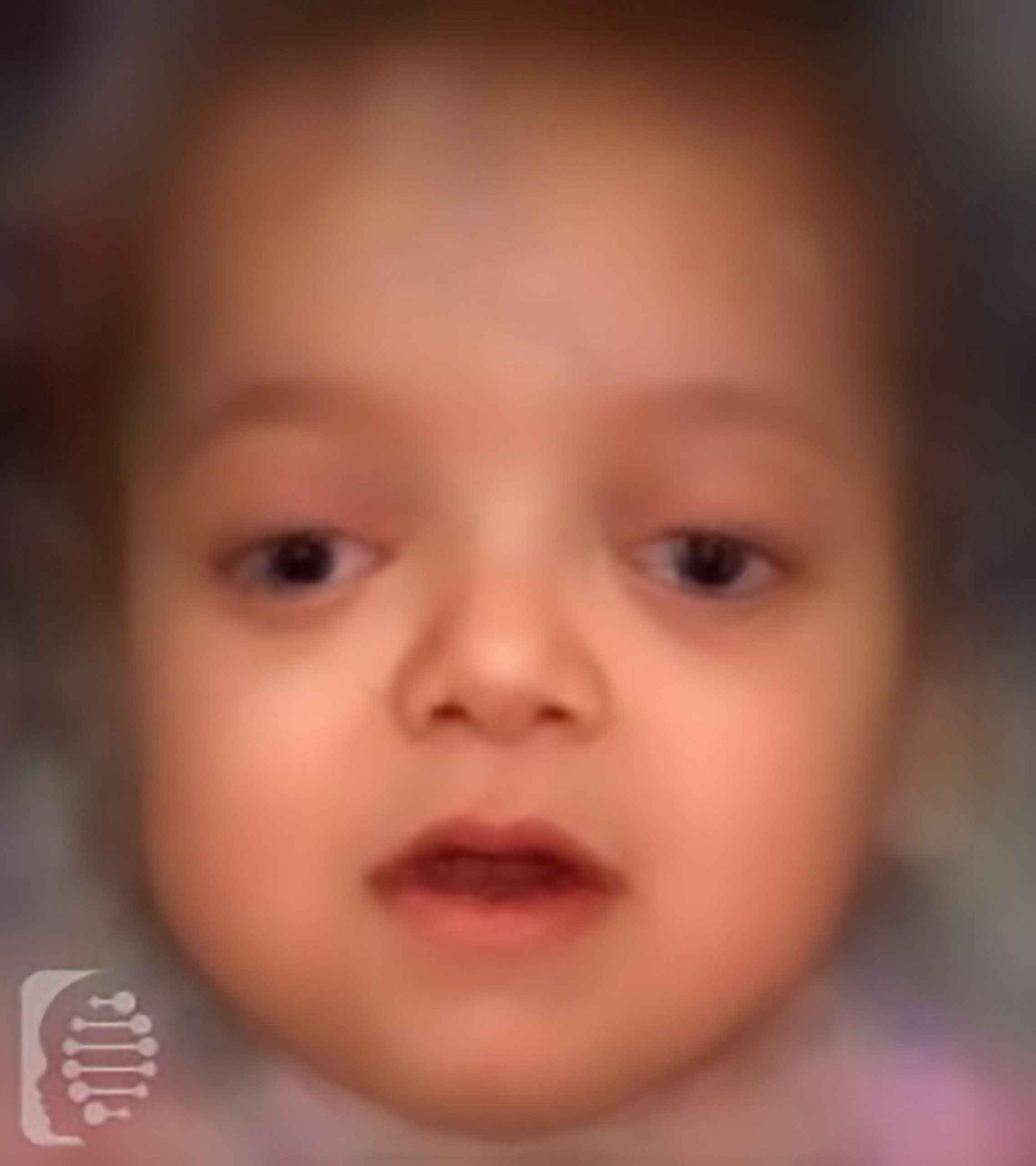Paula and Bobby
Parents of Lillie
Abnormal Eating Behavior
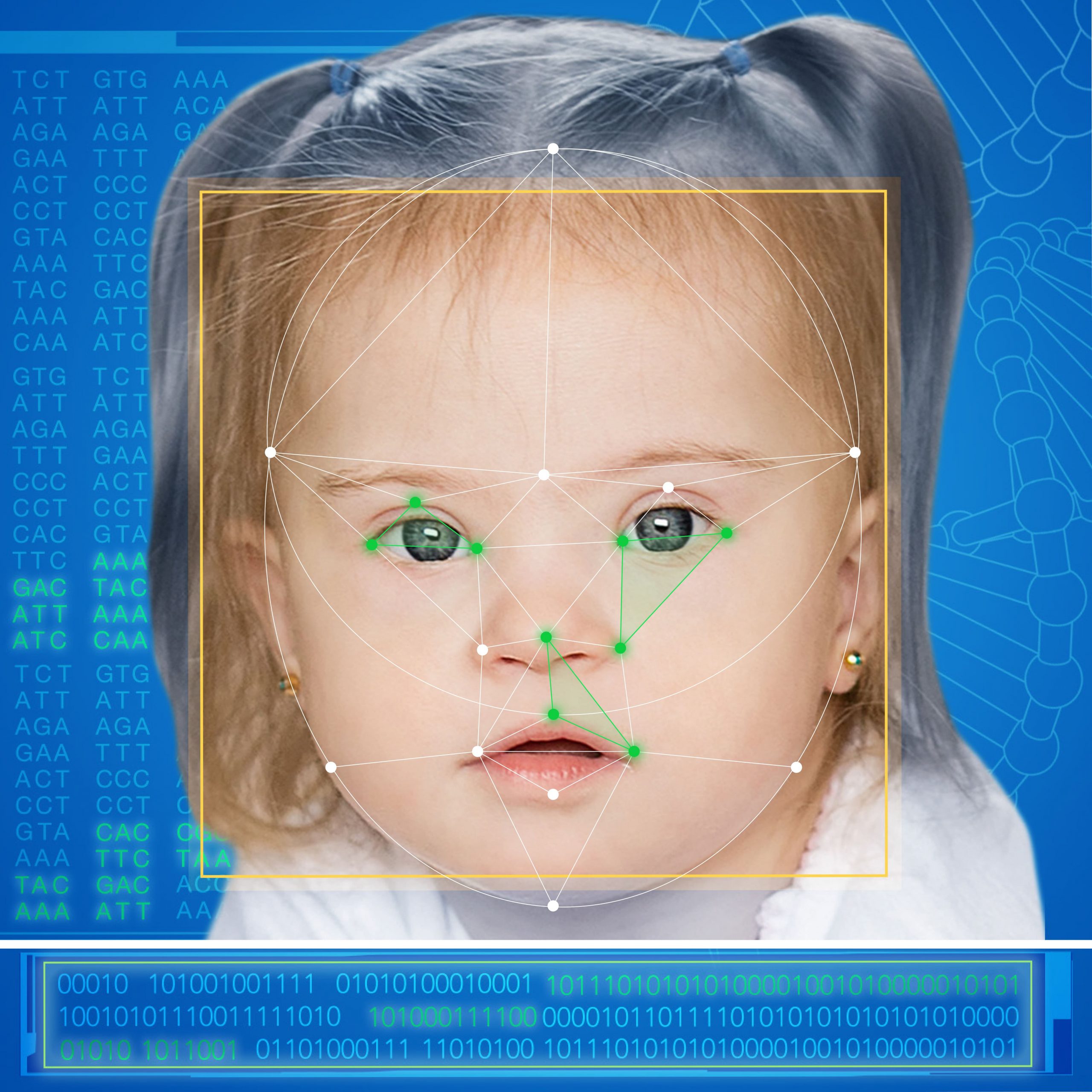
Understanding central nervous system abnormality symptoms and features
Symptoms may affect multiple parts of the body. Understanding which parts of the body are affected by the symptom can help us to better understand the potential underlying causes of a symptom, including a rare disease or genetic syndrome.
The nervous system is made up of a network of nerves and cells that carry messages to and from both the brain and the spinal cord. Within the nervous system are the central nervous system and the peripheral nervous system.
The brain and spinal cord make up the central nervous system.
Within the peripheral nervous system are the somatic and autonomic nervous systems. The somatic system controls responses to sensory stimuli, while the autonomic nervous system controls the inner workings of organs, including digestion, breathing and the heartbeat.
Sleep is one body function controlled by the autonomic nervous system, specifically the sympathetic nervous system.
What is abnormal eating behavior?
Abnormal eating behaviors, it must be noted, refers here to abnormal eating habits, but does not refer to eating disorders. Eating disorders are psychological disorders characterized by one or more abnormal eating behaviors. Thus, an eating disorder could include multiple abnormal eating behaviors. More information about psychological eating disorders that include abnormal eating behaviors can be found here.
Abnormal eating behavior is either excessive or insufficient consumption of food, or any other abnormal pattern of food consumption.
Some abnormal eating behaviors include but are not limited to:
Pica: Having a desire to eat, and/or eating, non-food substances, such as paint chips, or soap. The specific desire to eat earth-like substances such as clay or chalk is known as geophagia. Generally speaking, an official diagnosis of pica is only given if the behavior has persisted for over a month. Pica is relatively common in pregnant women, and some experts believe it may be related to an instinctive desire to replace missing vitamins in the body. Pica in children may be hidden from adults, but it is completely different from the normal behavior of babies and toddlers putting objects in their mouth as part of exploration. People with pica may develop symptoms such as broken or damaged teeth, stomach pain, blood in the stool, or lead poisoning, depending on what they have eaten or tried to eat. Pica may also be caused by conditions such as autism or intellectual disabilities, mental health conditions including schizophrenia, or malnourishment, specifically iron-deficiency anemia. Pica may also be found in people with cultural backgrounds that consider some nonfood substances as sacred or as healing.
Sweet craving: An excessive desire to eat sweet foods. May be related to blood sugar fluctuations.
Salt craving: A compelling or excessive desire to eat salt or salty foods.
Choking episodes: While eating, coughing, gagging, inability to talk, and difficulty breathing. May be caused by objects or food stuck in the throat.
Polyphagia: A neurological anomaly with a tremendous appetite and voracious overeating, an abnormally strong desire or need to eat. Also known as hyperphagia.
Bulimia: Binge eating (extreme overeating), followed by self-induced vomiting or other compensatory behavior intended to prevent weight gain (purging, fasting, exercising, or some combination).
Oral aversion: Reluctance or refusal of a child to eat, or of an infant to be breastfed. Gagging, vomiting, turning head away from food, or avoidance of sensation in or around the mouth (such as toothbrushing or face-washing).
What should I do next?
In some instances, abnormal eating behavior may be one of the features of a rare disease or genetic syndrome. In this case fast, targeted genetic analysis can give you a more accurate diagnosis.
Synonyms:
Abnormal eating behavior, abnormal eating, pica, sweet craving, salt craving, choking episodes, polyphagia, bulimia, oral aversion
HPO:
0100738
Optional syndromes:
Clarify any concerns you may have and get tested online today!
Schedule Your Online Meeting Now
Synonyms:
Abnormal eating behavior, abnormal eating, pica, sweet craving, salt craving, choking episodes, polyphagia, bulimia, oral aversion
HPO:
-
0100738
Optional syndromes:
FDNA™ Health can help you with the diagnostic journey.
Learn about child developmental delays: Causes, Symptoms, and Therapies.
Don't wait years for a diagnosis. Act now and save valuable time.
Explore the most detected symptoms in our system (numbers are global and based on the data from 120 countries):
What is FDNA Health?
With the largest global database and a leading decision-support tool using AI, FDNA™ Health enables patients and their families to better understand symptoms and conditions with the goal of shortening the time to diagnosis.
Benefits of FDNA Health
Save valuable time by
learning about possible conditions
and report to your clinician
Advanced AI technology
and leading worldwide clinicians
shortening time to diagnosis
Looking for answers?
Worried about child development?
We are here to help you!
